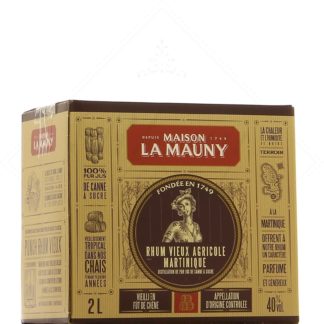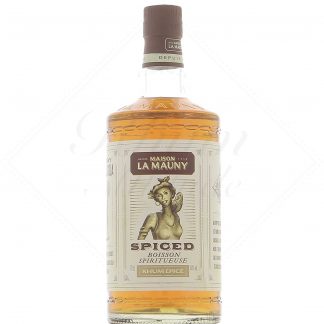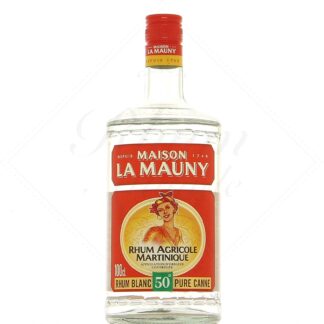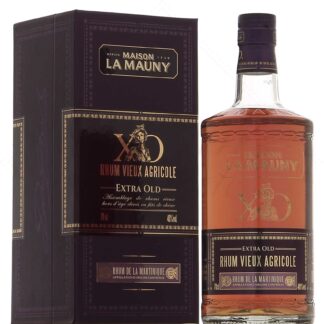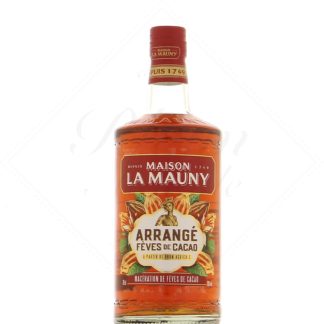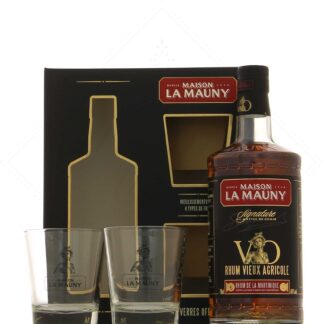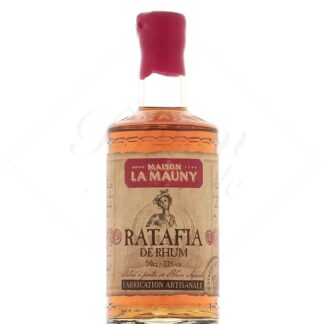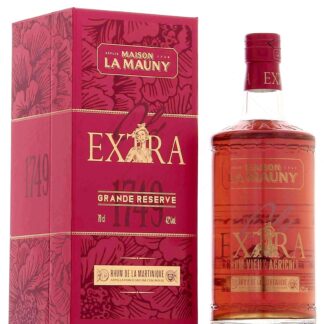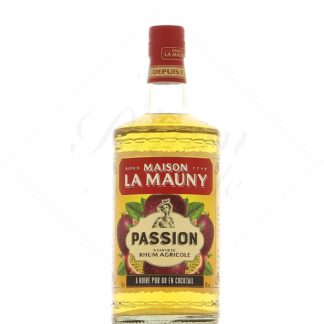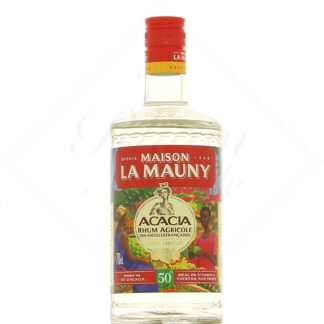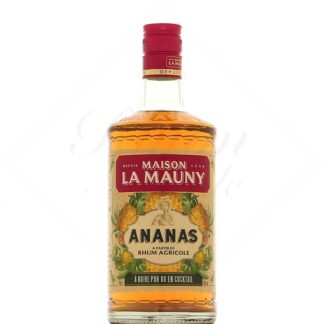La Mauny

The history of La Mauny rum
The origins of La Mauny rums can be traced back to the site of a dwelling established in Rivière-Pilote, Martinique, in 1680. It was the Comte de La Mauny, Joseph Ferdinand Poulain, who gave it its name when he took it over in 1749. At the time, this sugar dwelling still produced very little rum, making do with artisanal tafia in very small quantities.
In 1883, falling sugar prices led the company to abandon sugar production. The Codé family, who took over the business, realized that it was too expensive to transport the cane to the central factory in Le Marin for processing. So they put their stills into full operation and devoted themselves exclusively to rum.
The Lapiquonne family had greater ambitions for the distillery, and bought it in 1890, before starting to improve it. In 1923, brothers Théodore and Georges Bellonie (then merchants in Fort-de-France) acquired the estate and continued to develop it. Thanks to them, La Mauny rums began to make a name for themselves locally. They abandoned iron distillation, installing a more efficient column in 1929. The entire distillery was then renovated, from the mills to the steam engine.
In the 1950s, La Mauny rum was no longer sold exclusively in bulk. Bottling was carried out on site, and the La Mauny name became well known. By 1955, La Mauny was producing 1900 hectolitres of rum a year, a figure which rose to 4333 in 1963.
The BBS Group and modernity
After the death of one of the brothers, Georges, the Bellonie family joined forces with the Bourdillon family (merchants from Marseille, established in Martinique since the end of the 19th century) in 1969. The result was "Les anciens établissements Bellonie, Bourdillon successeurs, La Mauny". The group, now known as BBS, was later joined by Trois Rivières and Duquesne. This agreement saw the start of a new phase of modernization, beginning with the reorganization of the estate's cane plots to facilitate mechanical harvesting.
The farm was self-sufficient in sugar cane until 1963, when Cyclone Edith devastated the farm. Since then, it has relied in part on neighboring growers. Production grew steadily in the years that followed. In 1972, the distillery produced 8892 hectolitres of rum. The brand also began to expand outside the island, arriving in mainland France in 1977.
An umpteenth renovation began in 1980, culminating in a new distillery in 1981. La Mauny is now equipped with 3 distillation columns. 10 years later, production volumes had risen to 13678 hectolitres of white rum, and La Mauny had established itself as Martinique's leading distillery.
The beginning of the 21st century was marked by a succession of takeovers, as is customary in the rum world. BBS was bought by Quartier Français in 2007, then by La Martiniquaise in 2011, and finally by Chevrillon in 2012. In 2015, the new Maison La Mauny brand appeared, which was also accompanied by a makeover of the entire range.
La Mauny rum production
The cane plots operated by La Mauny today cover 259 hectares, and are mainly harvested by hand. The canes planted are B59.62 (reed), R570 (straw), B80.08 (zikak), and B69.566 (blue).
The cane juice is fermented for a relatively short period (24 hours). The result is a cane wine with an alcohol content of 4-5%.
Distillation takes place on 2 Maresté (France) columns, built in 1984 and 1996. One is made entirely of copper, the other of copper and stainless steel. The third, more modern and efficient column (2004) is an Interunion (Brazil) stainless steel column with 26 trays. The rum discharged is measured at 70% alcohol, with 300g of congeners per hectoliter of pure alcohol (the Martinique AOC requires at least 225g/hlap).
White rum is rested for 6 weeks before bottling, as required by the AOC. The cellar master lowers the alcohol content slightly before the rum is put into barrel. The alcohol level is sometimes also adjusted during aging. Topping-up is systematically carried out.
La Mauny uses French and American oak barrels, both new and red. The brand shares its cellars with Trois Rivières and Duquesne, and most of its aromatic profile is crafted using ex-cognac casks.
La Mauny rums
La Mauny's extensive range of rums extends from the classic 50% white rum (also available with an acacia barrel finish), to exceptional cuvées such as Le Nouveau Monde. Old rums are presented in VO, VSOP and XO forms, accompanied by original declinations such as the Maître de Chai Signature rum.
You can also find spiced rums, and even a very good Shrubb. Read less
